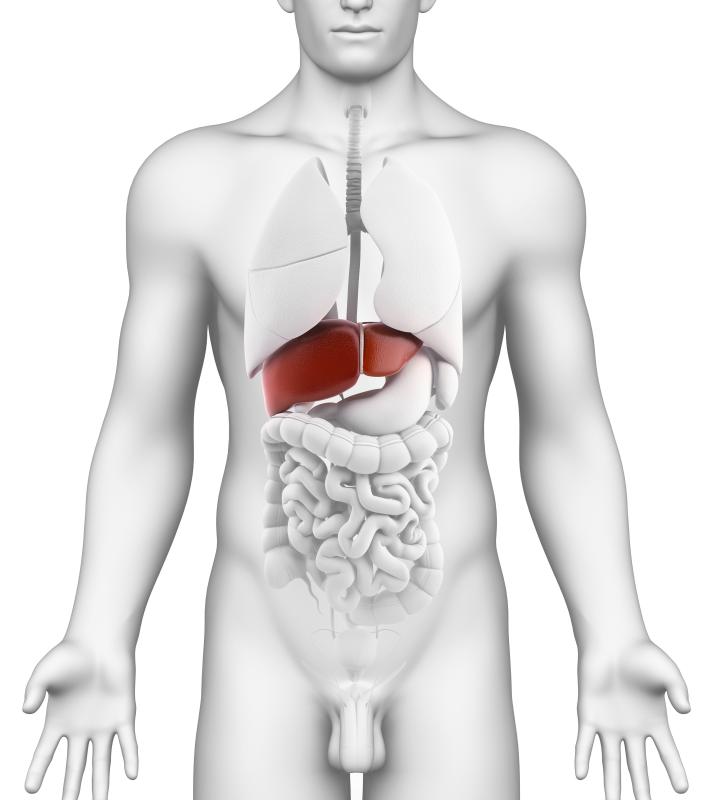At WiseGEEK, we're committed to delivering accurate, trustworthy information. Our expert-authored content is rigorously fact-checked and sourced from credible authorities. Discover how we uphold the highest standards in providing you with reliable knowledge.
What is Amebic Dysentery?
Amebic dysentery is a parasitic-based inflammatory condition that affects the lower intestines. Predominantly found in poorly developed areas with inadequate sanitation and issues of overcrowding, amebic dysentery is usually characterized by the gradual onset of abdominal cramping and diarrhea. It is important to understand that not everyone who is exposed to amebic dysenteric infection will become symptomatic. Often treated with an aggressive round of antibiotics, individuals generally make a full recovery. If treatment is absent or delayed, one’s condition can quickly deteriorate and jeopardize organ function.
Individuals with amebic-based dysenteric infection are generally diagnosed following a physical examination and laboratory testing. Those who seek treatment have usually experienced loose stools for several days and may be exhibiting signs of dehydration or abdominal distention. A palpatory examination may be performed to check for signs of tenderness or swelling of the abdominal organs, namely the spleen and liver. Several stool samples may be collected and a blood panel performed to confirm and identify the type and severity of infection.

Exposure to the parasitic protozoan responsible for this form of dysenteric infection may occur through several means. Entamoeba histolytica, or E. histolytica, thrives in unsanitary conditions where human waste is improperly disposed. The consumption of water or food contaminated with human fecal matter is the most common method of transmission for amebic-based dysenteric infection. It is not uncommon for infection to also be transmitted through direct, interpersonal contact with an infected individual who may or may not be symptomatic.

World travelers and military personnel are considered at greatest risk for contracting dysenteric infection. Though rare, it is possible to contract amebic dysentery domestically if one’s job necessitates contact with human waste, such as may occur in a hospital setting or nursing home. Individuals with addiction issues or certain chronic medical conditions that weaken immunity may also be at significant risk for amebic dysentery if exposed to E. histolytica.

Amebic dysentery, also known as amebiasis, usually presents with patterned symptoms. Within the first days of infection, individuals will generally become feverish and experience mild abdominal discomfort and cramping accompanied by loose stools. Diarrheal symptoms will generally become more pronounced as infection worsens and abdominal discomfort may intensify. As amebic dysentery progresses, individuals may experience noticeable weight loss and become easily fatigued with minimal exertion. With time, the abdominal area may become distended and one may start to show signs of dehydration and pass blood-tinged stool.
Treatment for amebic dysentery generally involves the aggressive administration of antibiotics. If administered orally, it is essential that one finishes the antibiotic as directed to eliminate infection from his or her system and prevent recurrence. Treatment that is delayed or absent may allow for the spread of infection that may compromise organ function, a condition known as metastic amebiasis. Invasive parasitic activity associated with amebic dysentery may also lead to intestinal abscess formation and significantly increase one’s chances for sepsis, organ failure and shock.
AS FEATURED ON:
AS FEATURED ON:













Discussion Comments
Can you get dysentery from staying in a nursing home?
Post your comments